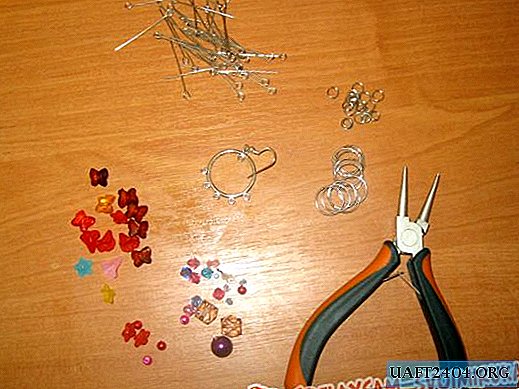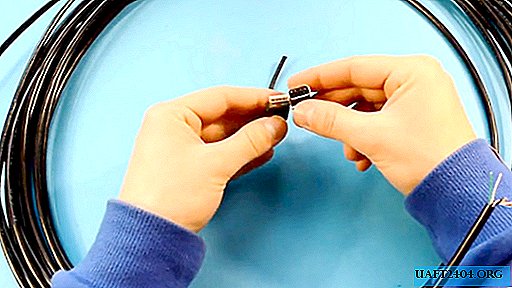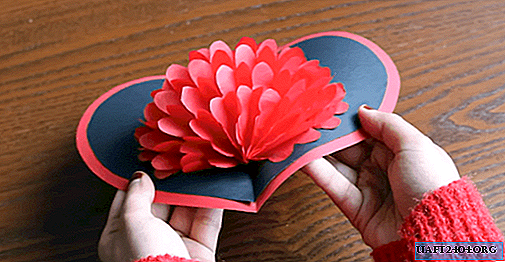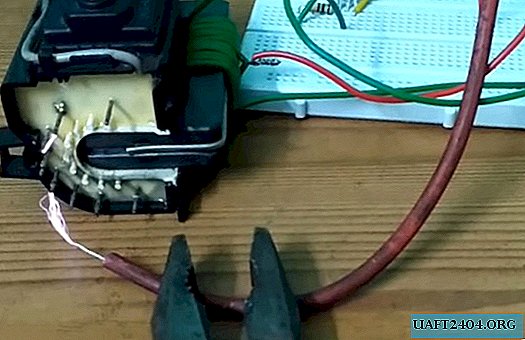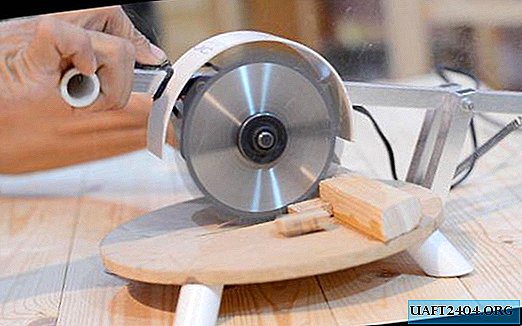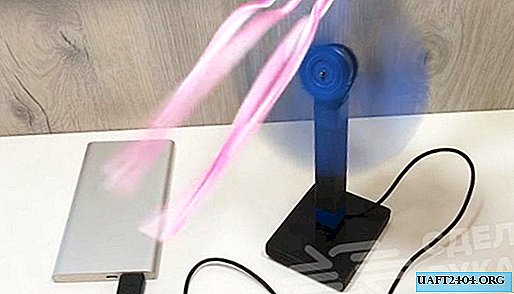Share
Pin
Tweet
Send
Share
Send
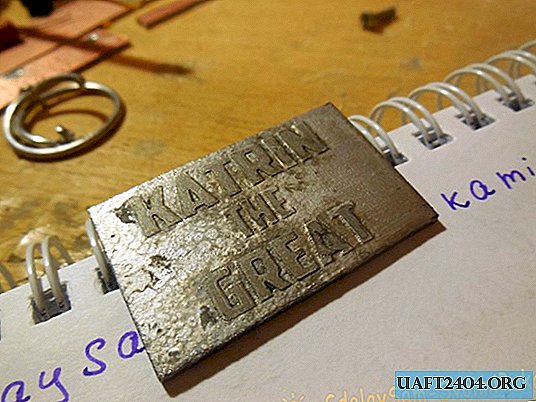
In this article, we will consider how to etch an inscription or drawing on a metal plate. For this you need:
- Plastic or glass container.
- Salt.
- Metal plate.
- Power supply 5 - 12 volts.
- Connecting wires.
Electrochemical engraving on metal
Step 1. From a metal plate we cut a rectangular piece, on which the inscription will be etched. You can get a metal plate with a thickness of 1-2 mm in any hardware store, I bought the cheapest steel eye.
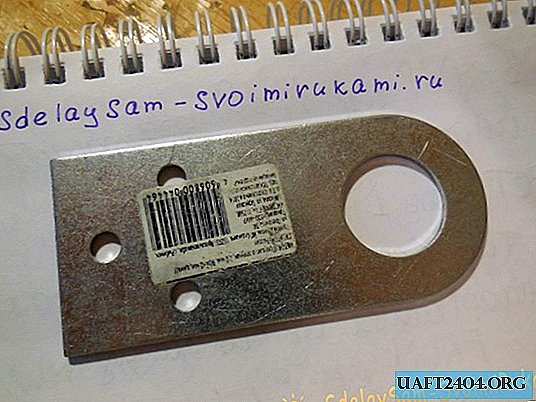
Cut out of it piece:
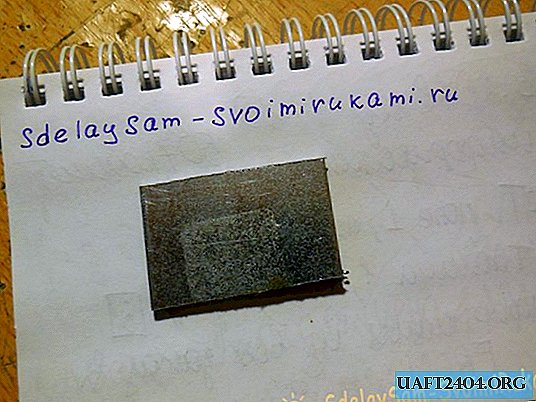
Step 2. Thoroughly sanded the surface of the workpiece, first with large sandpaper, then fine. The surface should be shiny, covered with many small scratches. You also need to go with sandpaper along the edges and edges of the plate. After sanding, the metal must be degreased with alcohol, solvent, or simply rinse thoroughly with hot water and soap. After that, it is impossible to touch the surfaces with greasy hands.
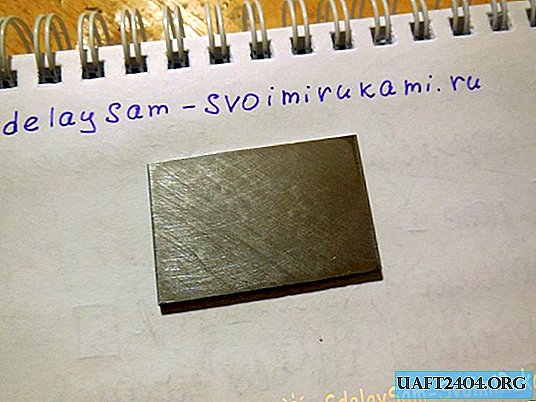
Step 3. Using a laser printer, print out a pattern that will be immortalized on metal and transferred to metal using laser-ironing technology, which has been repeatedly described on the Internet. You need to print in mirror image. If you don’t have a laser printer at hand, you can just as well draw a picture with nail polish or indelible marker. The shaded area will remain untouched, and the bare metal will undergo electrolysis, i.e. just get it.
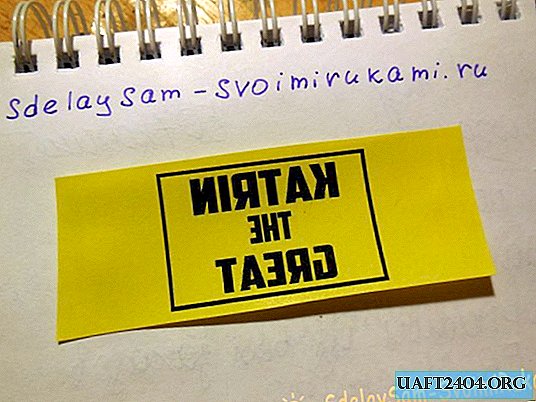
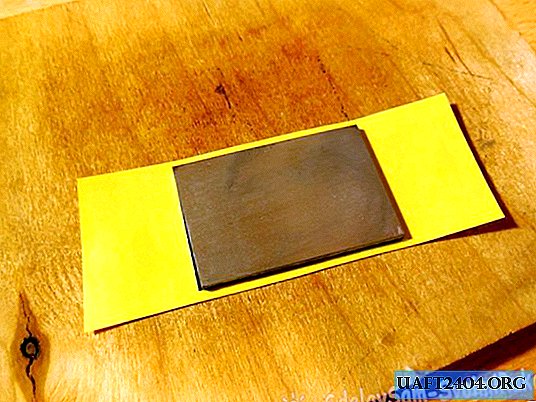
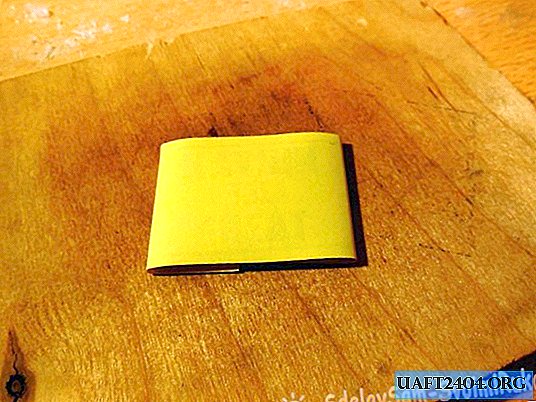
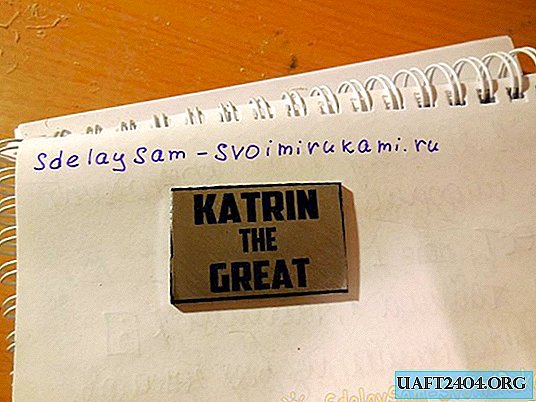
Step 4. Now that the workpiece is completely ready for pickling, you need to take a non-metallic container, pour water into it and pour salt. The etching rate strongly depends on the concentration of salt, the more salt - the faster the process. If the etching speed is too high, there is a risk of damage to the protective layer of varnish or toner from the printer, and the drawing will not be of high quality. The optimal ratio is a tablespoon of salt per glass of water.
In the tank you need to fix the anode, i.e. the metal billet itself and the cathode are a simple piece of metal. The larger its area, the higher the etching rate. The etching system is clearly shown in the picture below:

Plus from the power source (anode) is connected to the workpiece, and minus (cathode) into the solution. In this case, it is desirable to establish several negative contacts on all sides of the workpiece, then the etching will take place evenly on all sides.
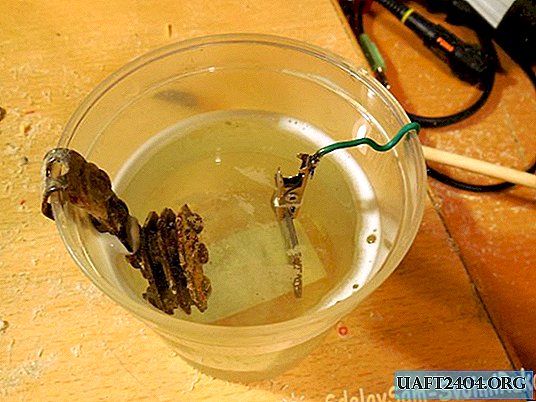
A few words about the power source. I use a computer power supply, or rather, its 12-volt line. The higher the voltage, the higher the etching rate. You can use the usual charger for a cell phone, at its output 5 volts, this voltage will be quite enough. You should not increase the voltage by more than 12 volts, otherwise the process will go too actively, the protective layer of varnish will disappear, and the solution will overheat.
Having correctly connected all the wires, turn on the power supply. Bubbles will immediately start from the negative contact (cathode), which means that the process is going on. If the bubbles began to go from the workpiece, then you need to change the polarity of the power.
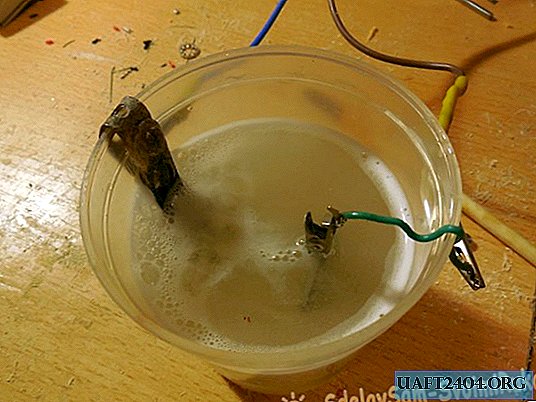
After several minutes of etching, a foam of a nasty yellow-green color forms on the surface of the solution.
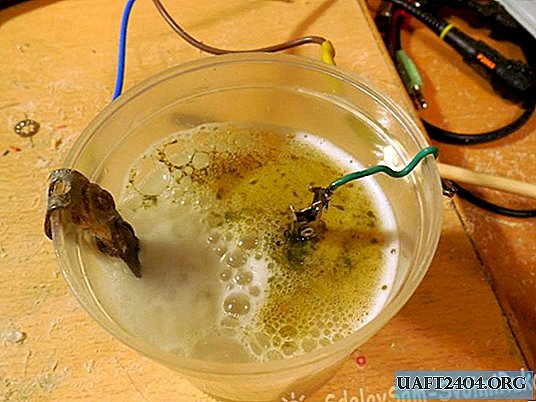
After 30-40 minutes, the workpiece can be removed from the solution by first turning off the power. It will be covered with a black coating, this is normal.

Step 5. Now it remains only to clean the metal from plaque, erase the toner or varnish, and if desired, sanded the surface again. Black coating is easily removed under a stream of ordinary water, varnish or toner is washed off with acetone or nail polish remover. Now it is clearly visible that the letters on the metal became embossed, the metal surface itself became opaque after etching.

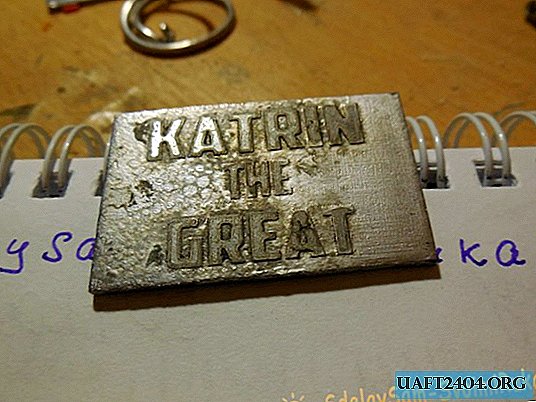
Share
Pin
Tweet
Send
Share
Send


